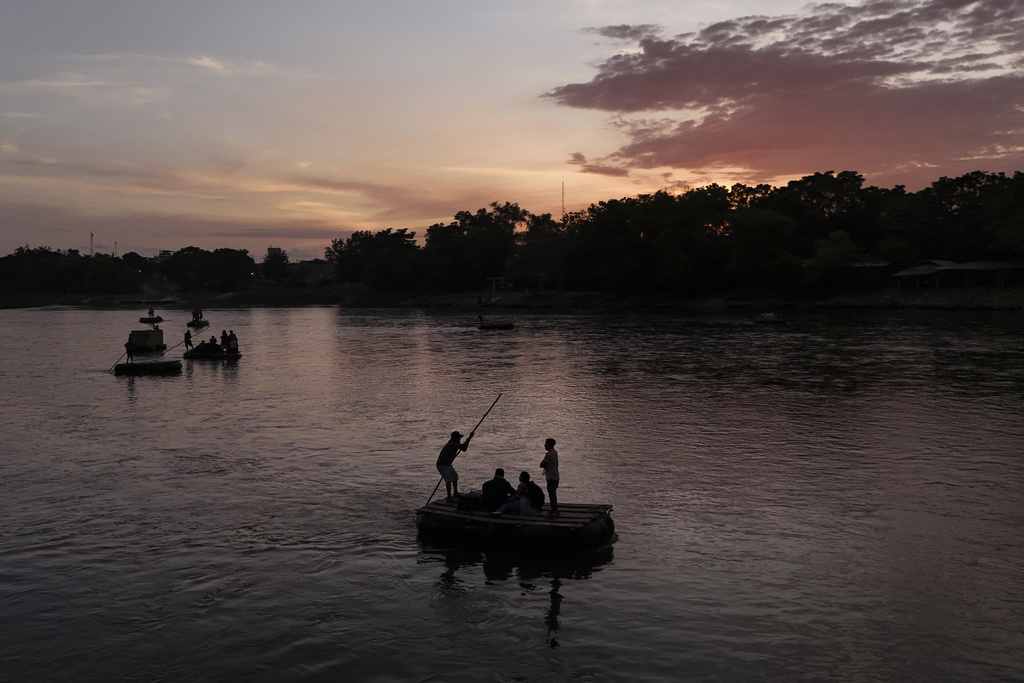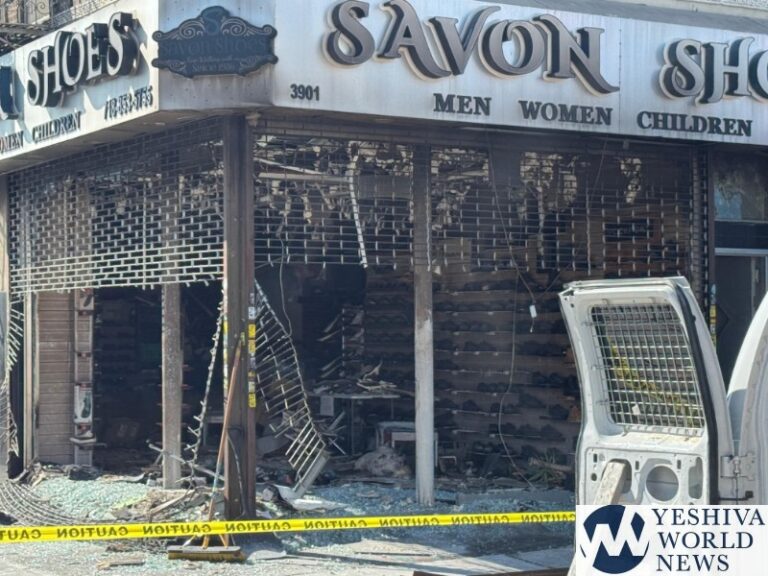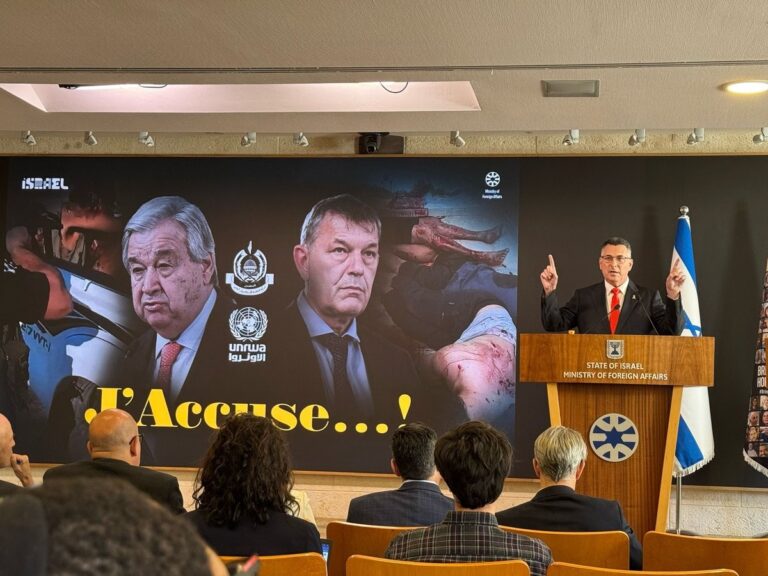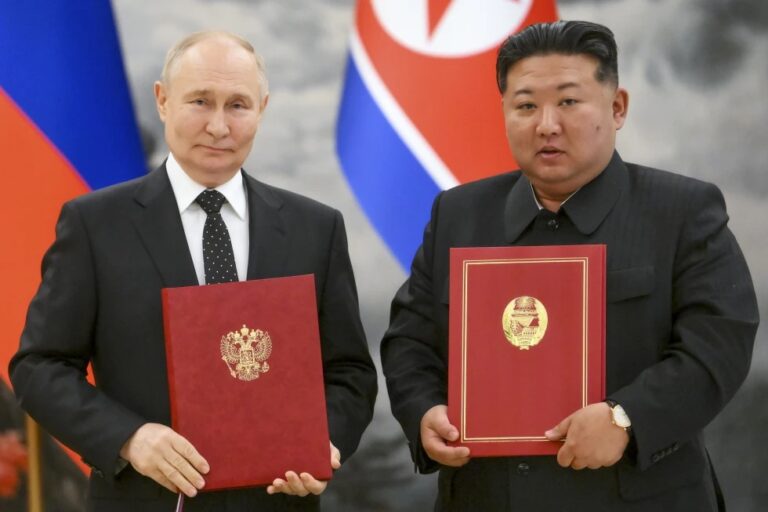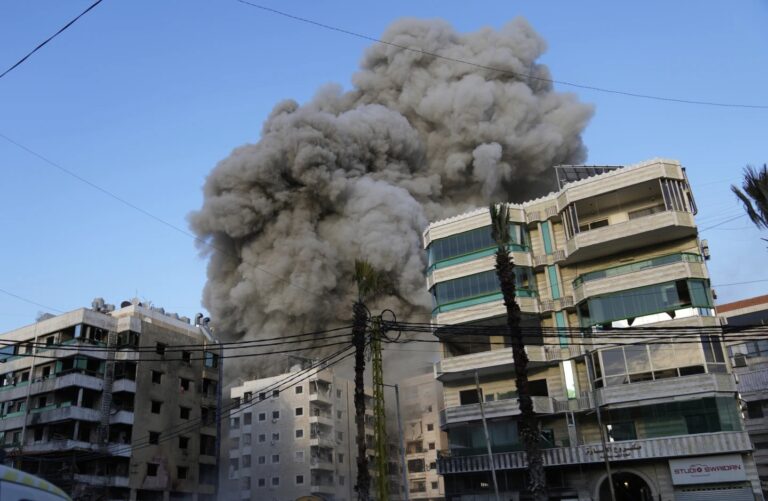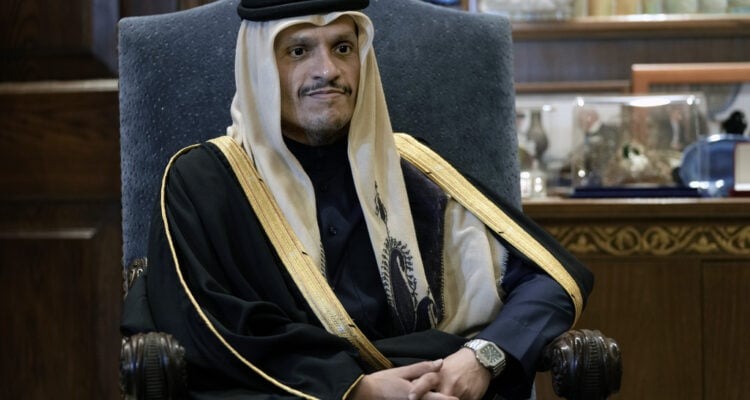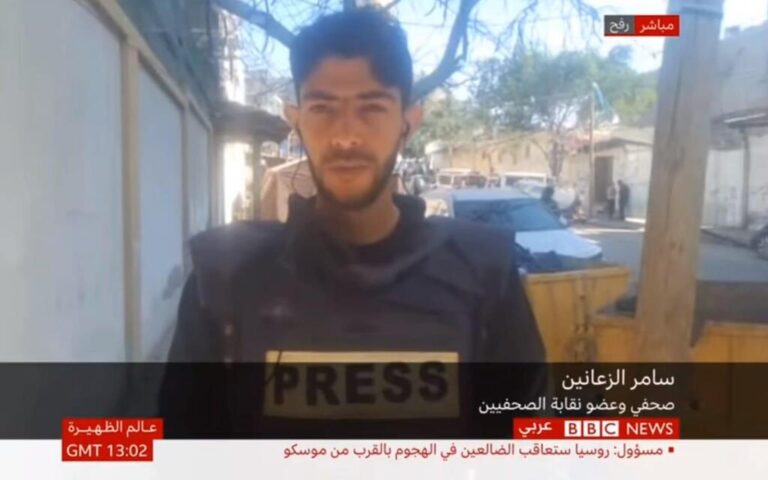The first place where many migrants sleep after entering Mexico from Guatemala is inside a large structure, a roof above and fenced-in sides on a rural ranch. They call it the “chicken coop” and they don’t get to leave until they pay the cartel that runs it.
Migrant encounters at the U.S.-Mexico border have reached a four-year low, but days before the U.S. election, in which immigration is a key issue, migrants continue pouring into Mexico.
While U.S. authorities give much of the credit to their Mexican counterparts for stemming the flow to their shared border, organized crime maintains stricter control of who moves here than the handful of federal agents and National Guardsmen standing by the river.
Kidnapped migrants who pay the $100 ransom for their release are stamped to signal that they have paid. From January to August, just in this southernmost corner of Mexico, more than 150,000 migrants were intercepted by immigration agents, considered a fraction of the flow.
Six migrant families interviewed by The Associated Press, who had passed through an initial abduction and were held until paying, explained how it works. A Mexican federal official corroborated much of it. They all requested anonymity for fear of reprisals.
Mexican immigration agents encountered 925,000 undocumented migrants through August of this year, well above last year’s annual total and triple the 2021 total. Yet, they’ve only deported 16,500, a fraction of previous years.
Rev. Heyman Vázquez, a priest in Ciudad Hidalgo along the Suchiate river that divides Mexico and Guatemala, sees it daily.
“It’s them (the cartel) that says who passes and who doesn’t,” Vázquez said. “The numbers of migrants that they take every day are big and they do it in front of the authorities.”
Pay to continue north
On Monday morning, Luis Alonso Valle, a 43-year-old Honduran traveling with his wife and two children, climbed off a raft lashed together with truck inner tubes and boards that had carried them across the Suchiate to Mexico.
They hadn’t made it 50 yards toward Ciudad Hidalgo before three men approached on a motorcycle to tell them they couldn’t keep walking. Then seeing journalists they left. The family looked scared.
In Ciudad Hidalgo’s central plaza, Valle asked for a van that could take them the 23 miles (37 kilometers) to Tapachula, considered the main entry point for southern Mexico. Climbing aboard, the driver asked in a whisper that journalists stop recording. “They (organized crime) are going to stop me,” he said.
This is often how migrants arrive at the ranch. Taxi or van drivers working for the cartel take them there and hand them over. They’re forced to sleep on the ground.
“There were more than 500 people there, some had been there 10, 15 days,” said a Venezuelan woman who was released Sunday with her husband and two children. “Whoever doesn’t have money stays and whoever decides to pay leaves,” she said.
A 28-year-old baker from Ecuador was escorted to a bank to withdraw money to free himself, his wife, daughter and four other relatives. His family was held as insurance until he returned.
Once the payment is made, migrants’ photos are taken and their skin stamped.
Gunmen stop vans and taxis headed to Tapachula and check for the stamps. Those without them are sent back. Migrants said that once they got to Tapachula they were told to wash them off to avoid trouble with other gangs.
According to the nongovernmental organization Fray Matias de Cordova in Tapachula, at least one-third of the hundreds of migrants they have attended to this year arrived stamped. Director Enrique Vidal Olascoaga said those who cannot pay are often sexually assaulted.
None of the families interviewed by AP said they had been harmed.
The official with knowledge of migrants’ statements to investigators said that more than 100 migrants freed by security forces in Ciudad Hidalgo in September, as well as a group of several dozen migrants who were shot at by soldiers on Oct. 1, had passed through similar kidnapping and extortion scenarios.
Cartel-controlled border
Organized crime’s strict control at Mexico’s southern border tracks with the growing violence generated by the struggle between the Sinaloa and Jalisco New Generation cartels. The state of Chiapas is only one of their battlegrounds, but it is key to controlling smuggling routes for people, drugs and weapons from Central America. Migrants have become the most lucrative commodity, according to experts.
The cartels’ increasingly aggressive presence is becoming an obstacle to the organizations trying to help migrants. Earlier this month, gunmen killed an outspoken Catholic priest in Chiapas. And Vidal said that sometimes the groups prevent the migrants from receiving humanitarian aid.
President Claudia Sheinbaum has said the government is dealing with the violence, but refuses to confront the cartels. She appears to maintain tactics that began under the administration of former President Andrés Manuel López Obrador, to cycle migrants from the north back down to the south exhausting their resources and keeping them far from the U.S. border — exposing them to more kidnappings and extortion.
Ciudad Hidalgo Mayor Elmer Vázquez claimed to not know anything about migrant safe houses operating in the area and said his town always looks after migrants.
But Rev. Vázquez (no relation to the mayor), who has spent two decades defending migrants, said the prosecutor’s office, National Guard, special prosecutor for crimes against migrants do nothing even when crimes are reported.
“They are colluding with organized crime and, of course, they make it look like they’re doing their jobs,” he said.
Race against time
In August, the U.S. government expanded access to CBP One, an online portal used to schedule appointments to request asylum at the border, south to Chiapas. Mexico requested the move to relieve pressure migrants felt to travel north to get an appointment.
The Mexican government followed by opening “mobility corridors” to help migrants with CBP One appointments to travel safely from southern Mexico to the U.S. border. The appointments are just a first step, but most applicants are allowed to wait out the lengthy process from inside the U.S.
But from Sept. 9 to Oct. 11, Mexico’s National Immigration Institute said it had transported only 846 migrants from Tapachula to the northern border. Others traveling on their own have told of being extorted by Mexican authorities and kidnapped – again – by cartels near the northern border, forcing them to miss their appointments.
Donald Trump has said he would do away with CBP One and close other legal routes to enter the U.S.
In Tapachula on Tuesday, hundreds of migrants with confirmed CBP One appointments waited outside Mexican immigration agency offices for permits that would allow them to travel north.
Jeyson Uqueli, a 28-year-old Honduran, had slept outside the office to make sure he was the first in line when it opened. He was traveling alone, but planned to reunite with his sister in New Orleans.
To have any chance at doing so, he would have to make it to the border between Brownsville, Texas and Matamoros, Mexico by Nov. 6 for his CBP One appointment. He planned to fly from Tapachula to the northern city of Monterrey and then take a bus to Matamoros.
He was nervous about making it in time, but relieved to have the appointment, “because Donald Trump is going to come in and get rid of (them),” he said.
(AP)

